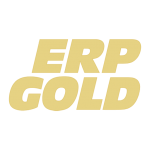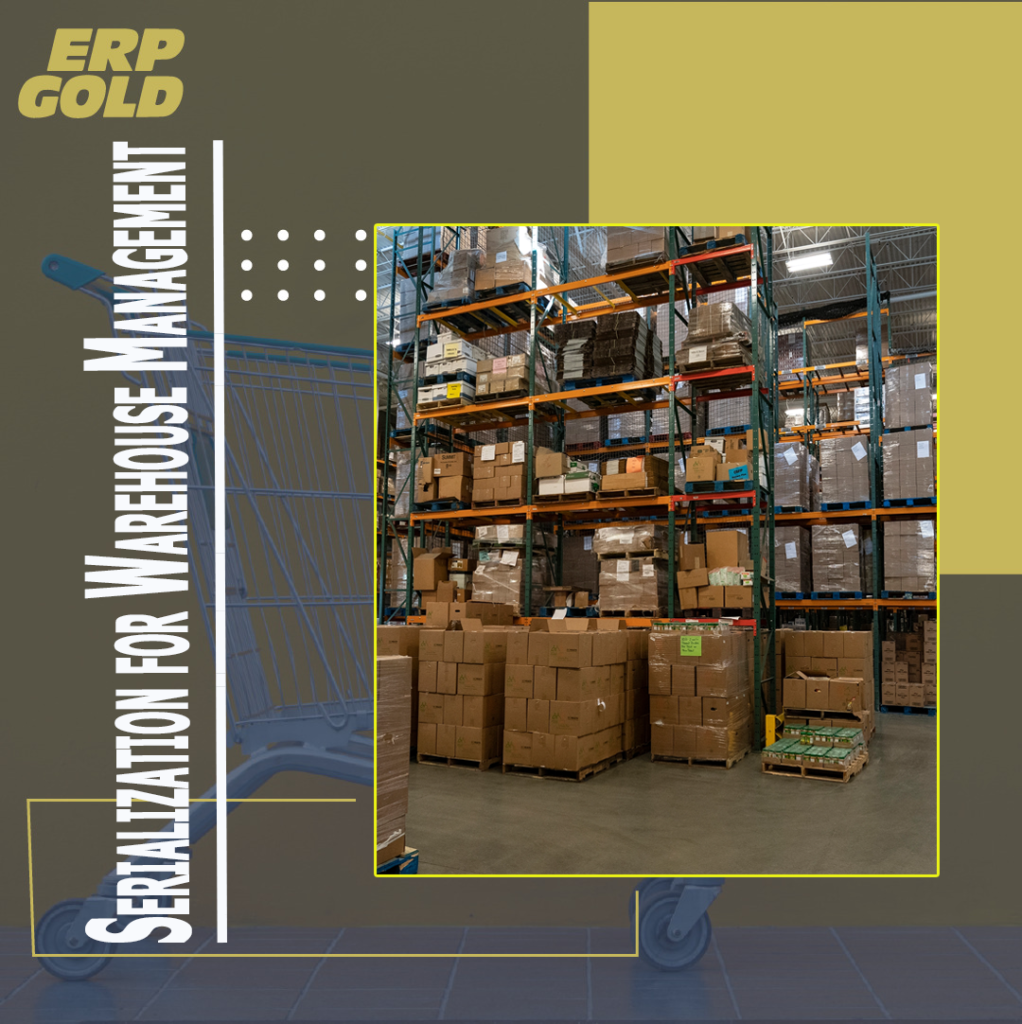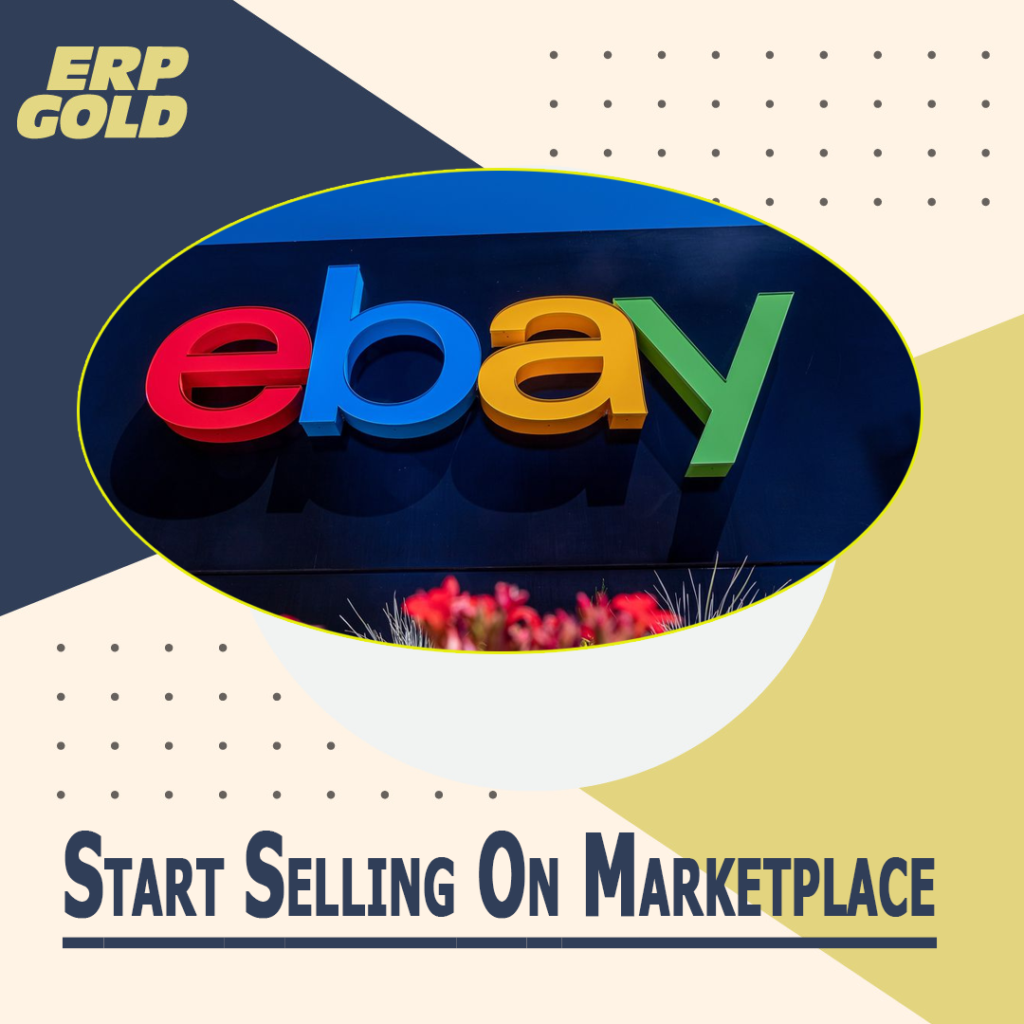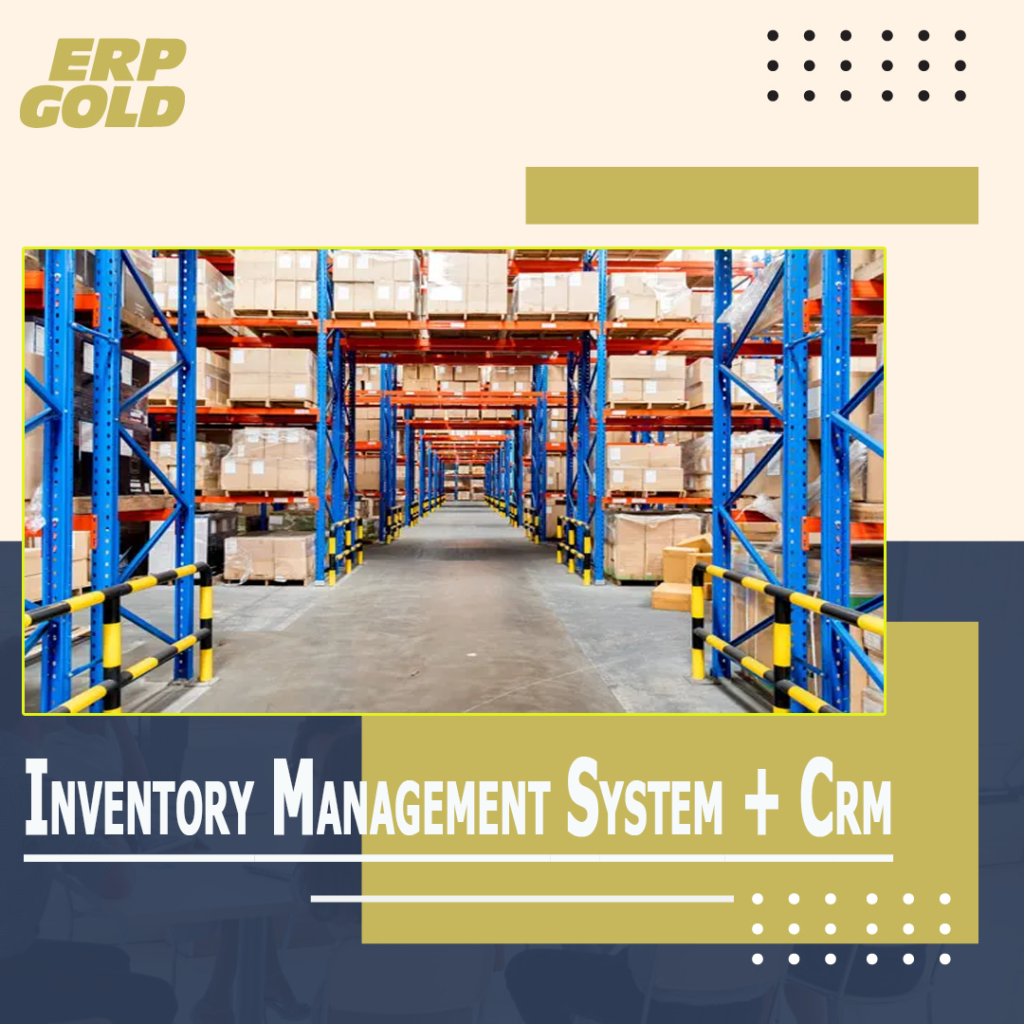Define Asset Tracking Software For Healthcare ?
From MRI and PET scanners to blood pressure equipment and mobile cardiology carts are among the assets in any healthcare entity. Hospital asset monitoring software tracks and analyses all equipment, and this ensures a hospital’s efficiency and that staff access the resources they need to perform their duties in time or on time. These assets are not cheap, and keeping track of assets saves money by streamlining scheduling and maintenance.
What Are the Key Functions of Asset Tracking Software Healthcare?
An Asset Tracking Tool’s Basic Features
Using an asset monitoring technology in a high-asset business has several benefits. This is particularly true in healthcare, where assets are significantly dependent on one other. Having the capacity to monitor every asset in a facility can:
- Easily find medical equipment in real-time
Manage your complete inventory from one place and keep track of your equipment. Smart Alert warns you of low supply (text/email) to prevent downtime.
- Lower expenses of replacing lost or stolen equipment
This asset monitoring solution will assist reduce equipment replacement expenses. It is a project that will help reduce the expense of purchasing new equipment due to equipment loss or theft. The initiative will help most organizations and companies defend themselves from harmful assaults like theft and damage.
- Track an asset’s ROI and value it properly
Protect uses the block chain to provide real-time property value adjustments. Protect can monitor changes in property value by digitally capturing data on an immutable ledger. Use this invention to monitor changes in income potential, capital gains, and the cost of ownership.
- Verify asset consumption and performance statistics
Make sure your company controls its resources and knows how much it consumes. Create a dashboard displaying the capacity of virtual machines at any given moment to help plan capacity and resource distribution.
- Accurate inventory management
Manage inventory, orders, and delivery. The app helps you innovate by managing inventory, allowing mobile ordering and delivery, and checking for fraud.
- Organize physical space and equipment storage
Any business organization needs inventory control systems. With these programs, you can keep track of your inventory and get notifications when anything goes wrong.
Why Organization Should Choose It? And asset Tracking Important Role for Hospitals in a Pandemic?
Even as governments eventually remove the lockdown, hospitals are still combating COVID-19. Business activity generates a large amount of tax money for the government. The coronavirus has shaken the global economy. But now is the time to go back to work. Hospitals have been overrun during health crises. Hundreds of people waited in line for medical assistance, beds were few, ventilators were in high demand, and even medications were inadequate.But now, it’s time to learn from the past and avoid repeating errors. Assisting hospitals and healthcare facilities with asset tracking systems.
An Asset tracking as a final Solution In severe conditions
To comprehend an asset tracking system, one must first understand asset tracking. Asset tracking is the process of monitoring and managing physical assets, and asset tracking technology delivers real-time asset data.
- Stock-tracking in real-time
Medicines and other key inventory items must be updated. You may set up asset monitoring alerts and notifications for your team.
The system alerts the appropriate person or team when the stock falls below the predefined level. They may replenish the stockpiles, and setting the reorder limit is similar. Therefore, the customer may monitor inventory in real-time and see remaining stock or other inventory data.
- Asset tracking
Many hospitals are struggling to treat patients owing to a lack of ventilators and IV pumps. Every ventilator and IV pump counts in an emergency, and the program can tell you how many ventilators are available at each facility. Such fast and reliable data may greatly benefit health administration.
- Smarter Decisions
This program also gives reliable data, which helps the hospital make better decisions. If there are more ventilators than needed, they might be shipped to another facility that needs them.
- Asset Care
We know the corona virus is infectious. COVID and other patients abound in hospitals. Sanitizing all rooms, equipment, and assets is critical in the present pandemic.
Equipment and life-saving devices need frequent maintenance, and they must be maintained clean, sanitized, and operating properly. The problem is remembering which assets need maintenance, sanitization, etc.
This may be difficult, and asset failures are a no-no in an emergency. In addition, the asset tracking solution reminds staff of required maintenance. RFID, NFC, and IoT technologies may be utilized to track assets accurately.
- Reduced Asset Loss
Manual asset data input may propagate misinformation, resulting in losses. The Check-in Check-out function allows for exact asset monitoring, indicating who owns what, where, and when it is due back.
The technology reduces asset loss and improves dependability. This simplifies the procedure and allows users to contribute all relevant asset information, such as images, videos, and documents, for speedier identification.
Conclusion
The healthcare asset management market is predicted to grow from USD 6.89 billion in 2017 to USD 35.19 billion in 2023, at a 31.4 percent CAGR. The analysis uses 2017 as the base year and forecasts from 2018 through 2023.”
Yes, much progress has been achieved. A hospital may have large unutilized stockpiles of drugs. Asset management software detects objects that can be moved or sold if not needed, and asset management software discovers and helps sell or dispose of unwanted things. The epidemic should be fought by providing hospitals, labs, and research departments with fail-proof technology that will assist them in battling the pandemic. One of them is the asset tracking solution. This system may help manage assets and inventories and enhance customer service.



